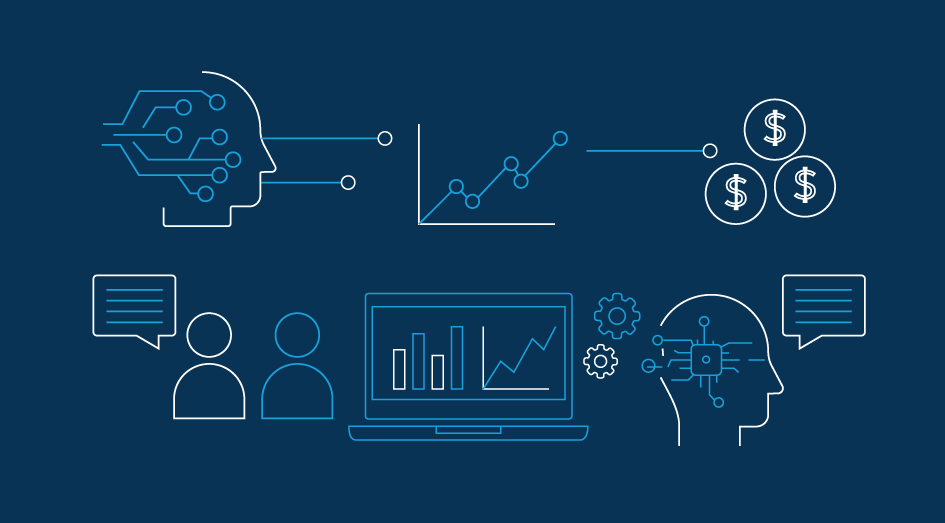Salesforce AI Presents BLIP
Bootstrapping Language-Image Pre-training for unified Vision-Language understanding/generation.
Read our Archives of free articles.
At AiSupremacy I try to cover a broad range of research in AI including work from Google, DeepMind, OpenAI, Microsoft among others. So it’s now today time to cover Salesforce AI.
What is BLIP?
TL;DR: BLIP is a new pre-training framework for unified vision-language understanding and generation, which achieves state-of-t…
Keep reading with a 7-day free trial
Subscribe to AI Supremacy to keep reading this post and get 7 days of free access to the full post archives.



